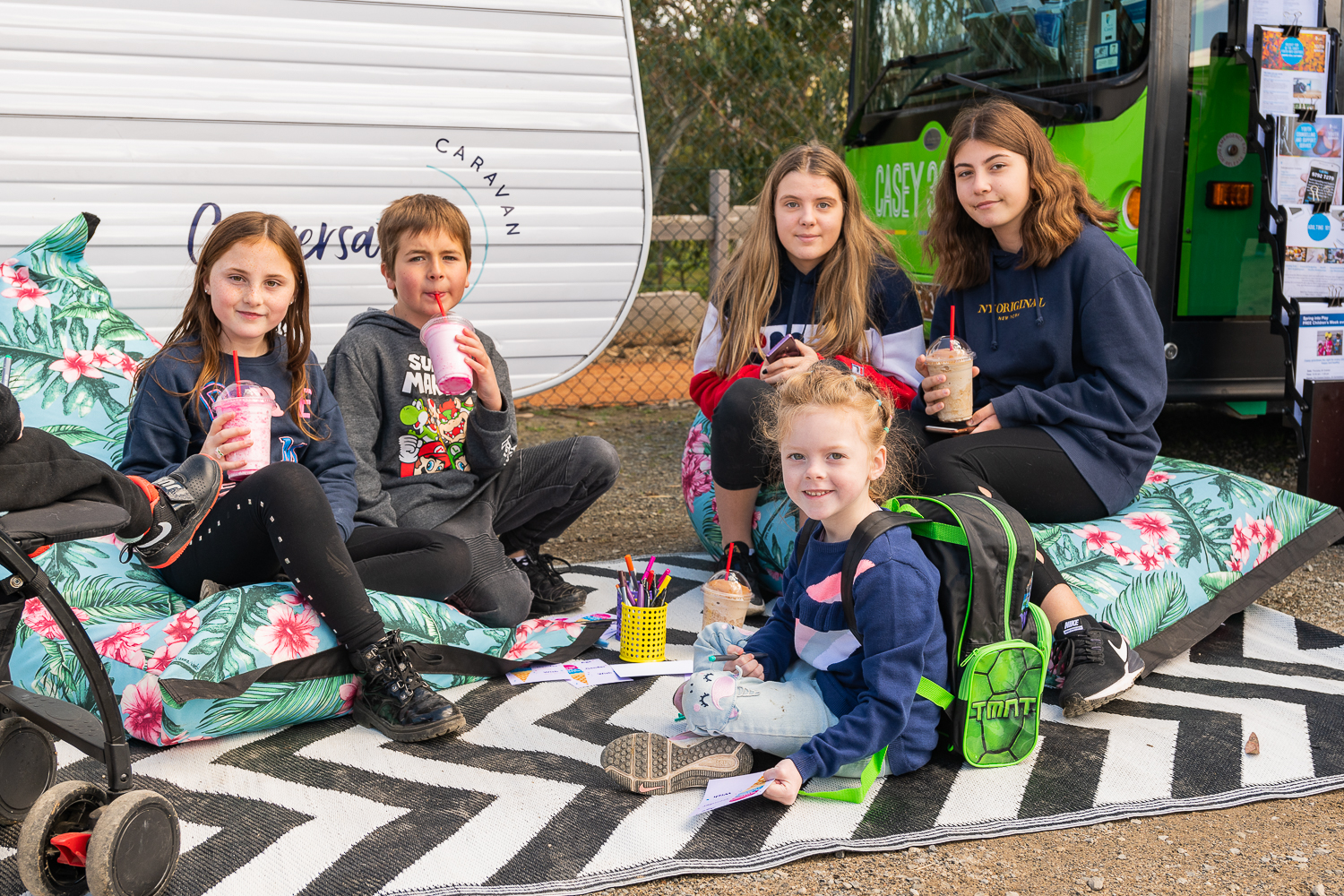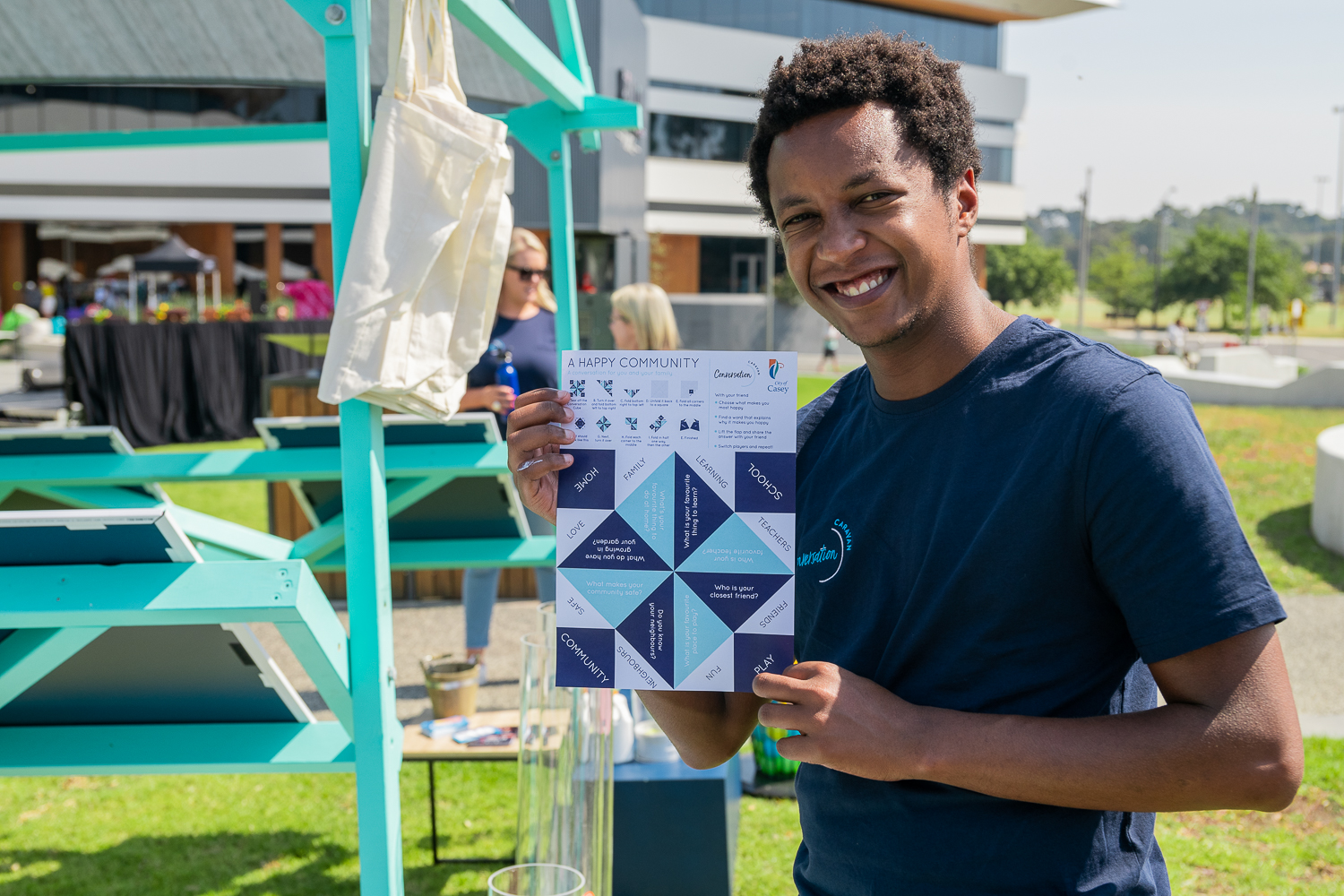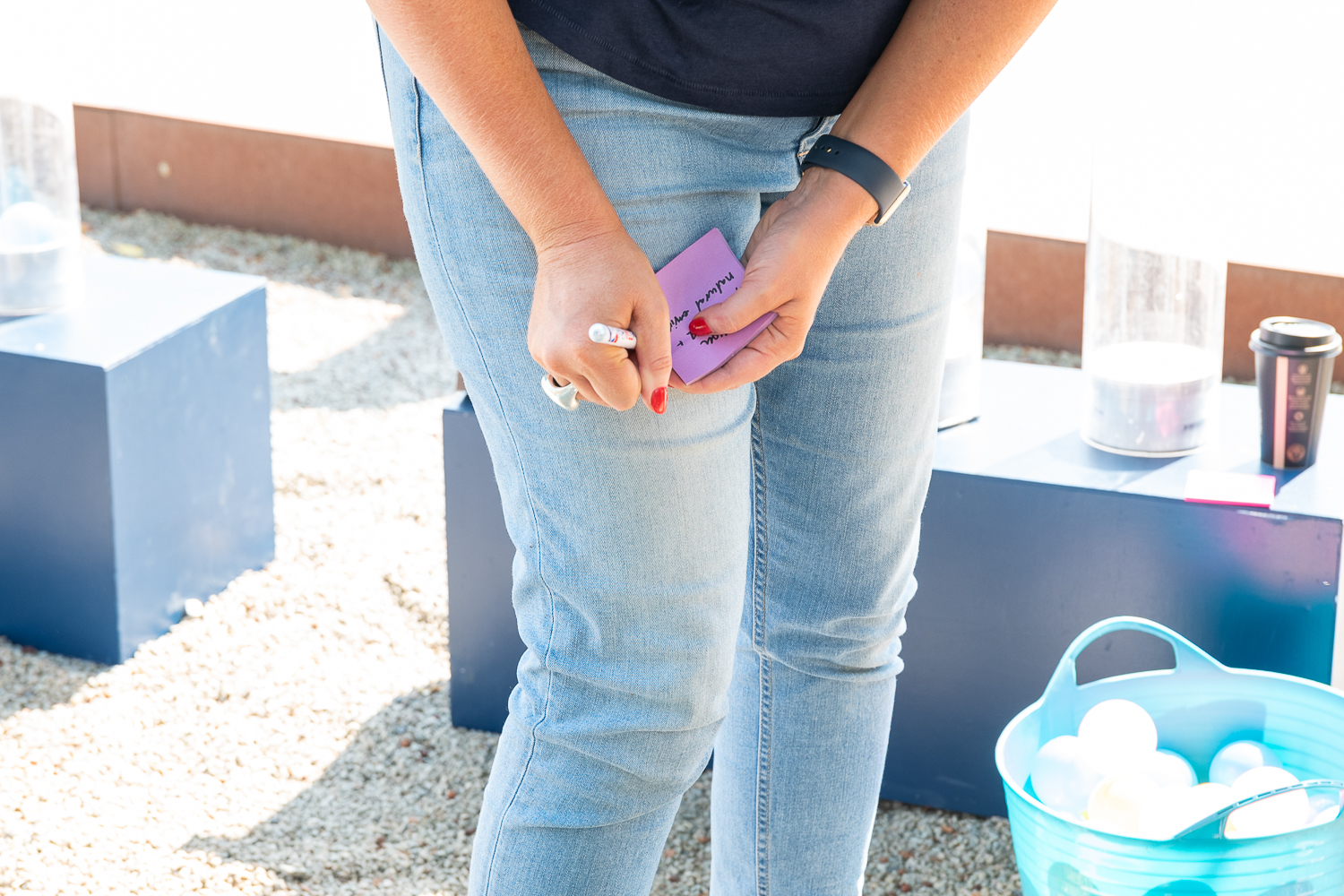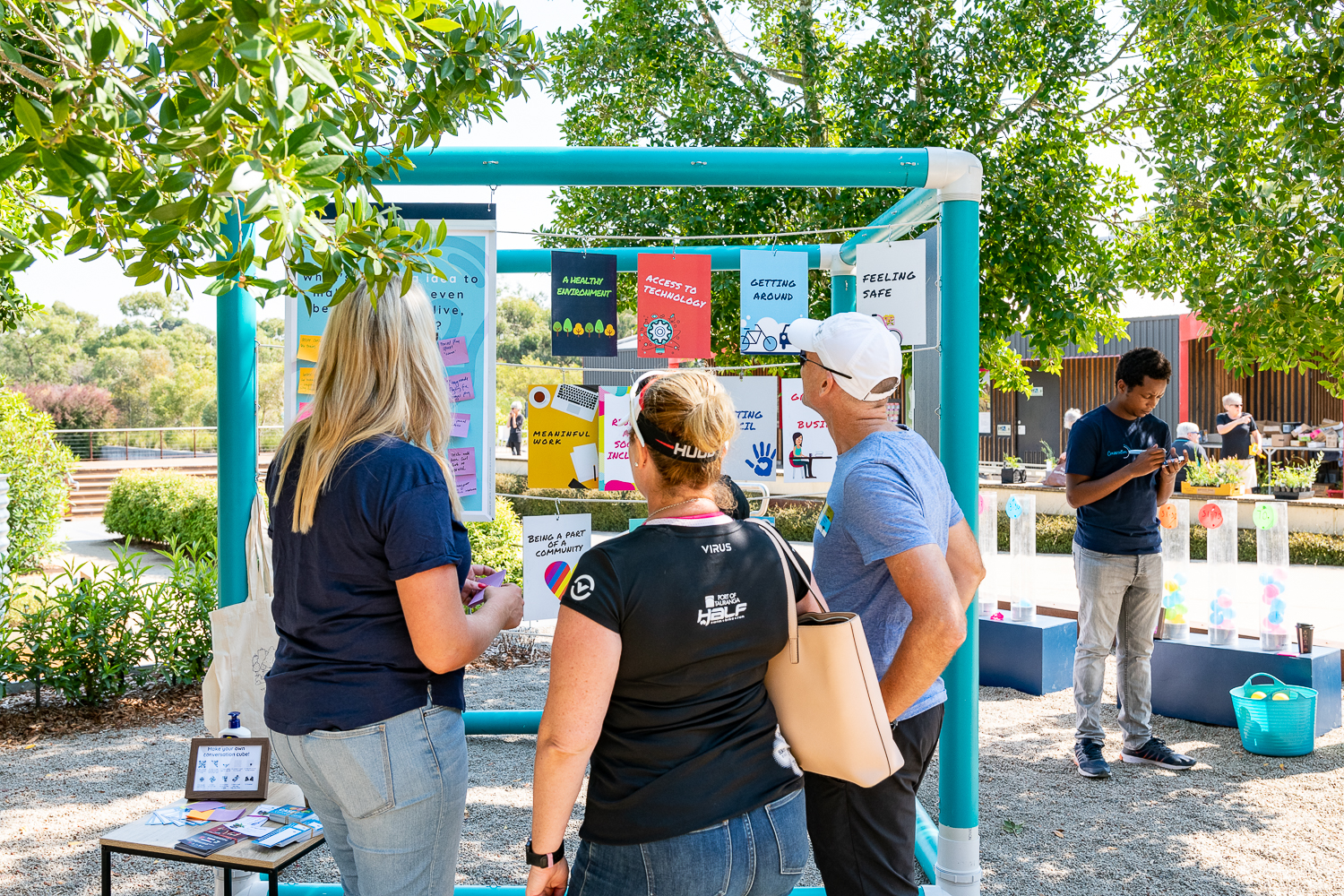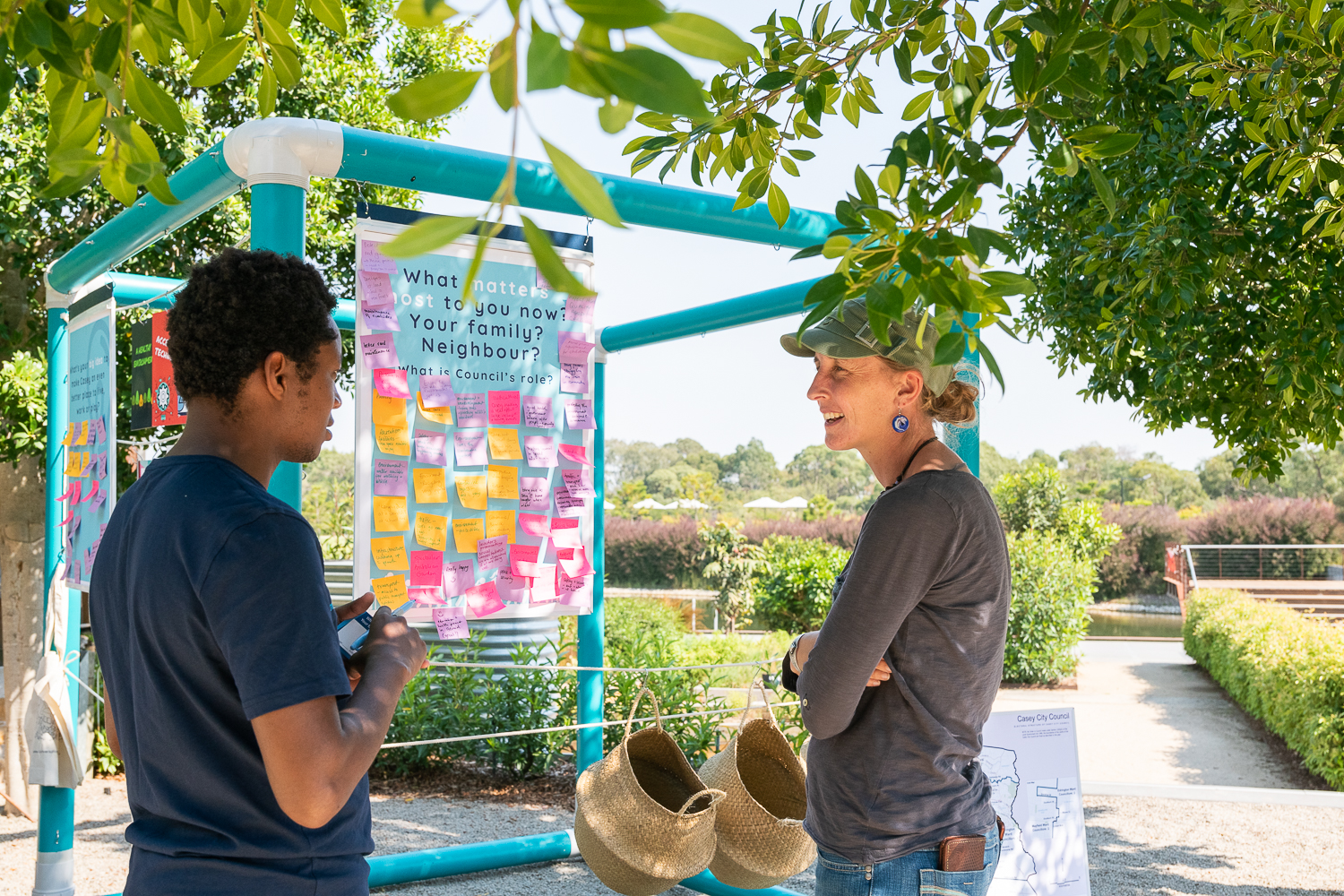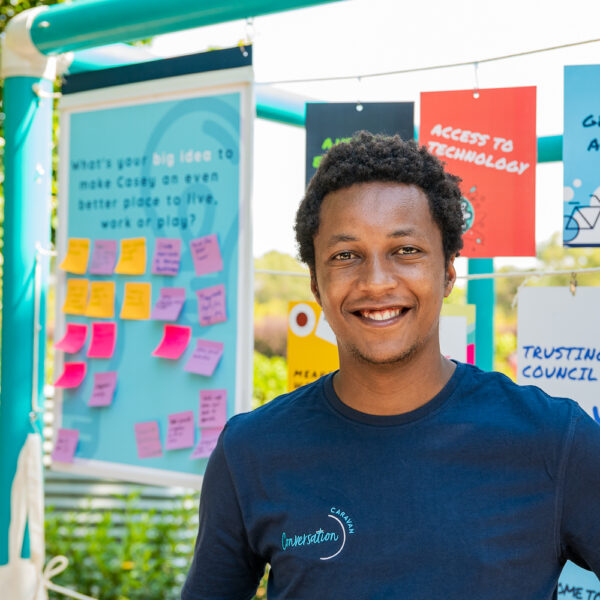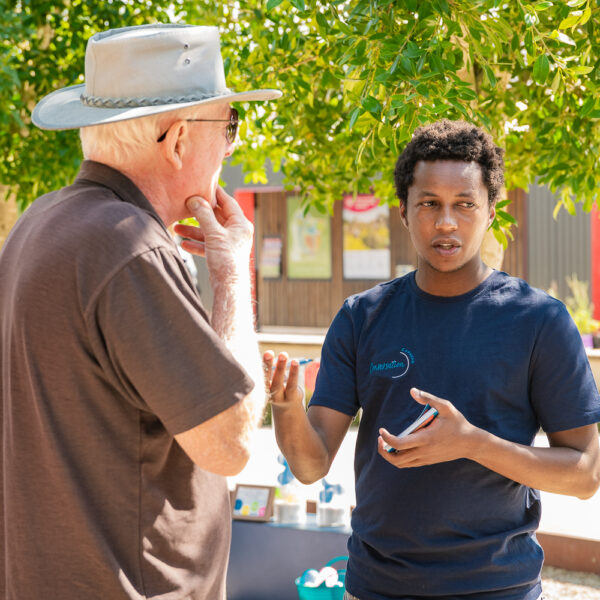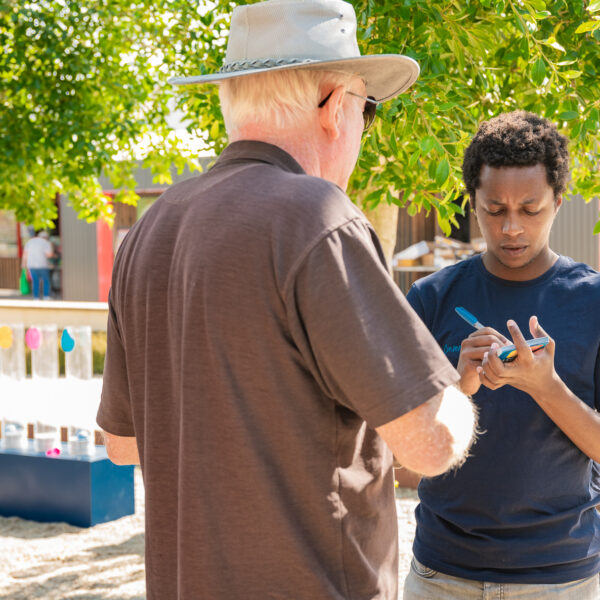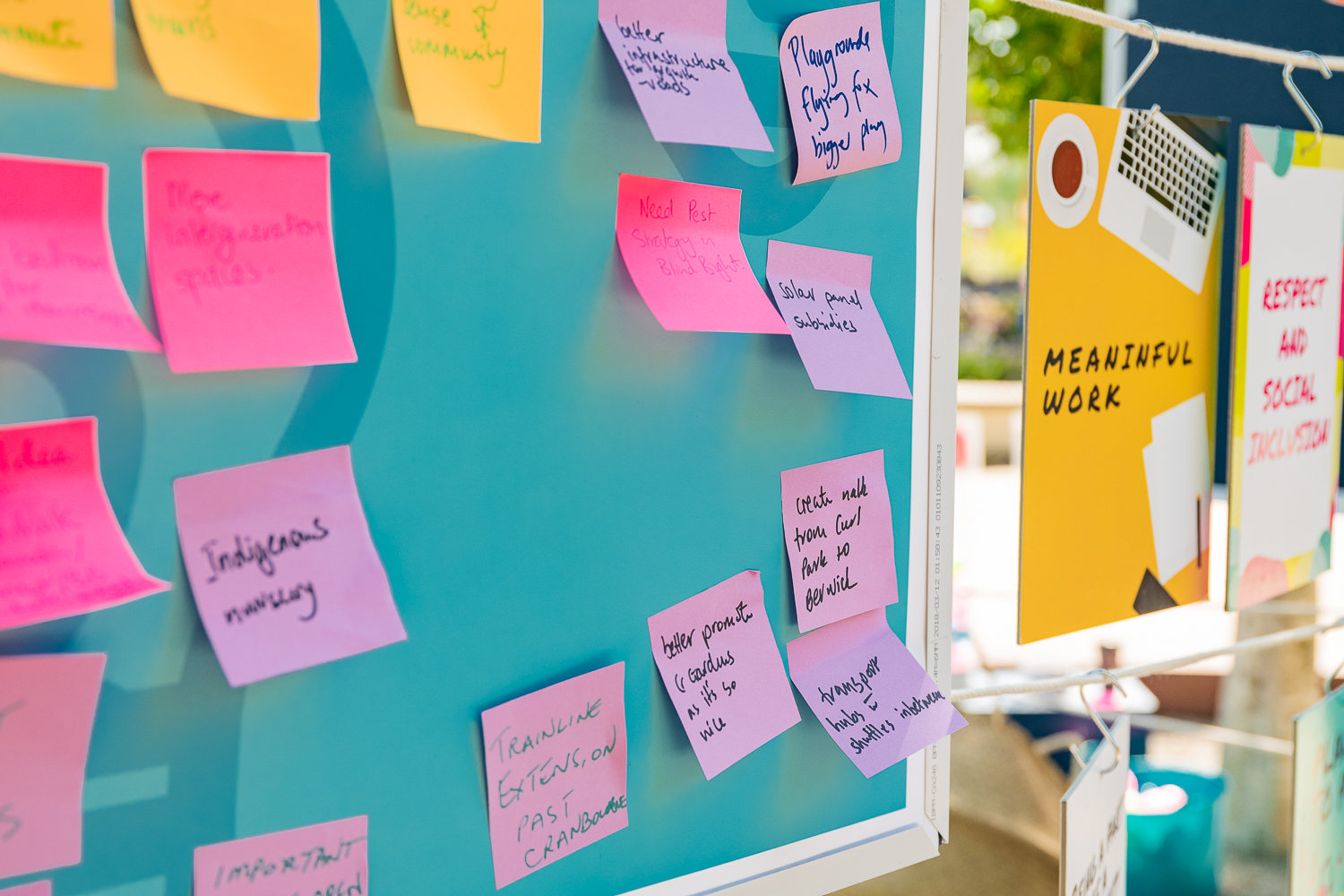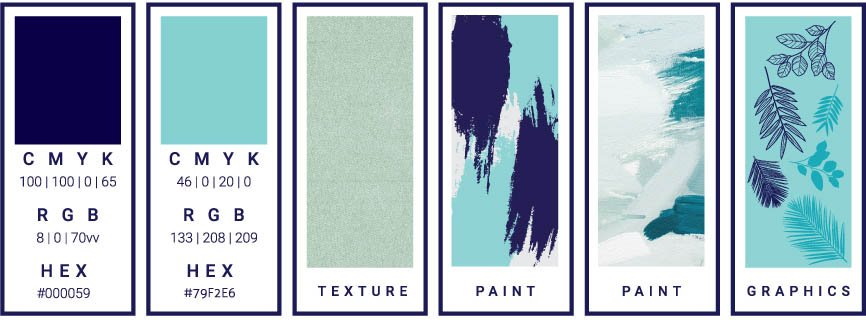
Our Graphic designer extraordinaire, Nathan Jackson, has shared with us the global design trends for 2020. Here’s what he has said:
“A new year doesn’t mean we throw out what we learnt in 2019, it’s a continuation of design trends from previous years that evolve as the year progresses.
As with last year when using illustration, the trend seems to be flat illustrations with thin or no stroke outline. Emphasis on illustrations that over-exaggerate body part sizes, which is portrayed with smaller heads, longer body parts, wide hips and small feet. The characters almost look comical but serve a purpose as we are intrigued by what the character looks like and make us think of a time when we were much younger.
Isometric illustrations have been trending for many years and are unlikely to go away anytime soon. They are often used for infographics.
The use of image and text masking is something that I do a lot of myself and in 2020 it will continue to be a design trend as it’s quite easy to do yet has a striking effect.
Patterns and textures was a trend that became quite popular in 2019, more so in Fashion design as brands such as Gorman has pushed other brands at the start of 2020 to become more daring.
These are just some of the trends that I used last year but the list of trends is quite long.”
Thanks for sharing Nathan. We can’t wait to see all your designs this year.

Colours
Pantone colour for 2020 is Classic Blue, which I was surprised by as previous years have been much more exciting. Using the colour of the year in designs is important because it’s a colour that has been researched based on current and past trends within all aspects of design: fashion, interior, social media, marketing and graphic design.
Choosing colours depends on the project and existing brand palettes. Where I have the flexibility and creative licence to chose the colours I will include Classic Blue for more professional designs and corporate events. Similar to when working with the Loddon Shire Council where we worked with young people for that project, I used the 2019 Pantone colour of the year Living Coral, as it represented youth.
Making our work visual appealing is important because we often set up in bright, colourful places like an event, public space or market and we need to stand out against these colourful backgrounds. Use of attractive colours also inspires interest and creativity in people, and often we are looking for creative responses to ideas or potential dilemmas.
Styles I will be exploring this year
At the end of last year I created isometric illustrations to easily display larger amounts of data, using this for some infographics, I believe this is a great way to show information as it makes sharing information more interesting as you can show a picture of a specific point of a subject. The audience can tell what a subject is about without having to read the heading.
In 2020 I’d like to experiment with more over-exaggerated body parts as it’s more on trend and it’s a different style of illustration compared to what I’ve used in previous projects which are more simple. I’d like to select and perfect a style that I’m happy to use through-out the year and alter depending on what is needed.
A lot can be done with patterns so I think that this year I will continue where I left off at the end of last year and be more adventurous with patterns. I’ll find inspiration in other mediums of design, like fashion and interior to aid in the projects I do.”






